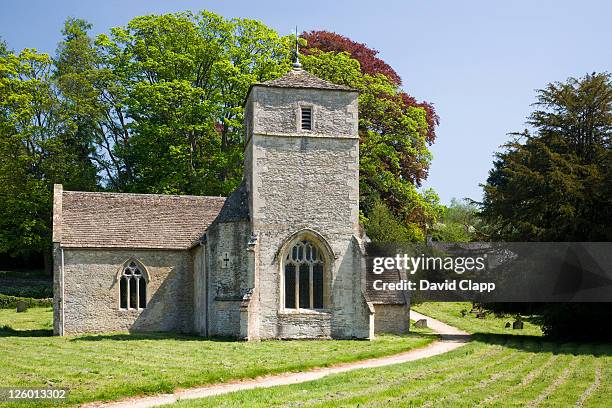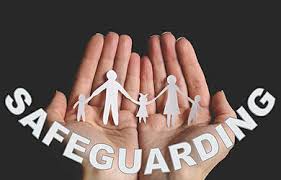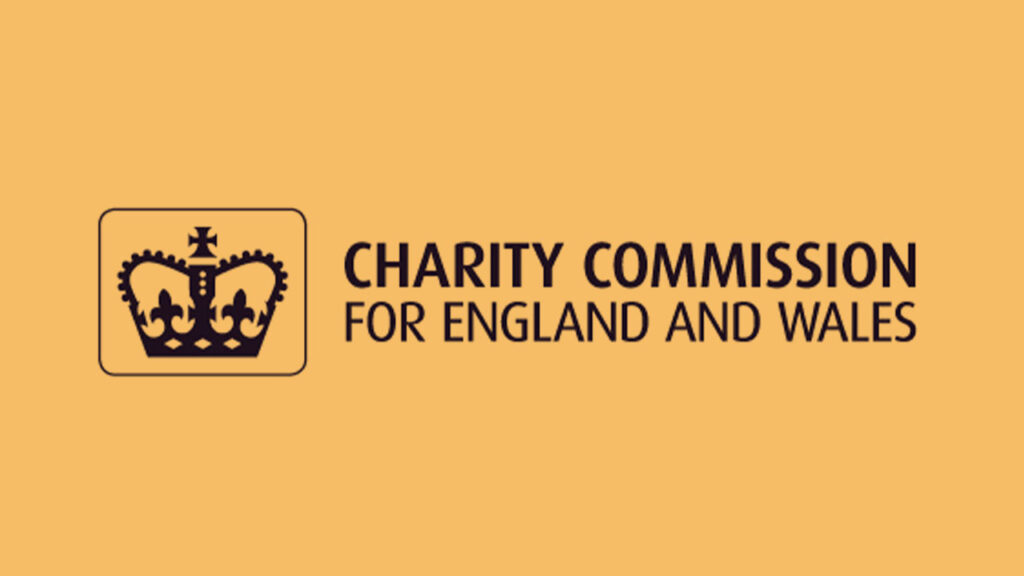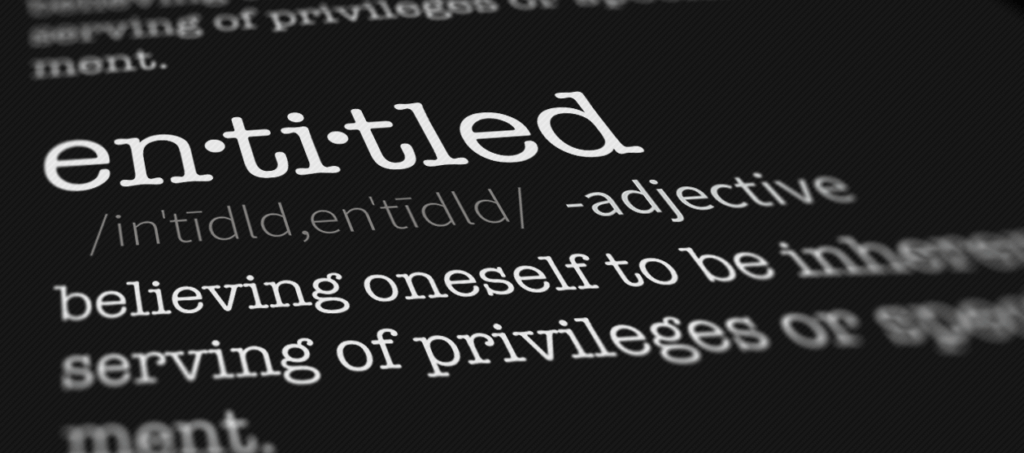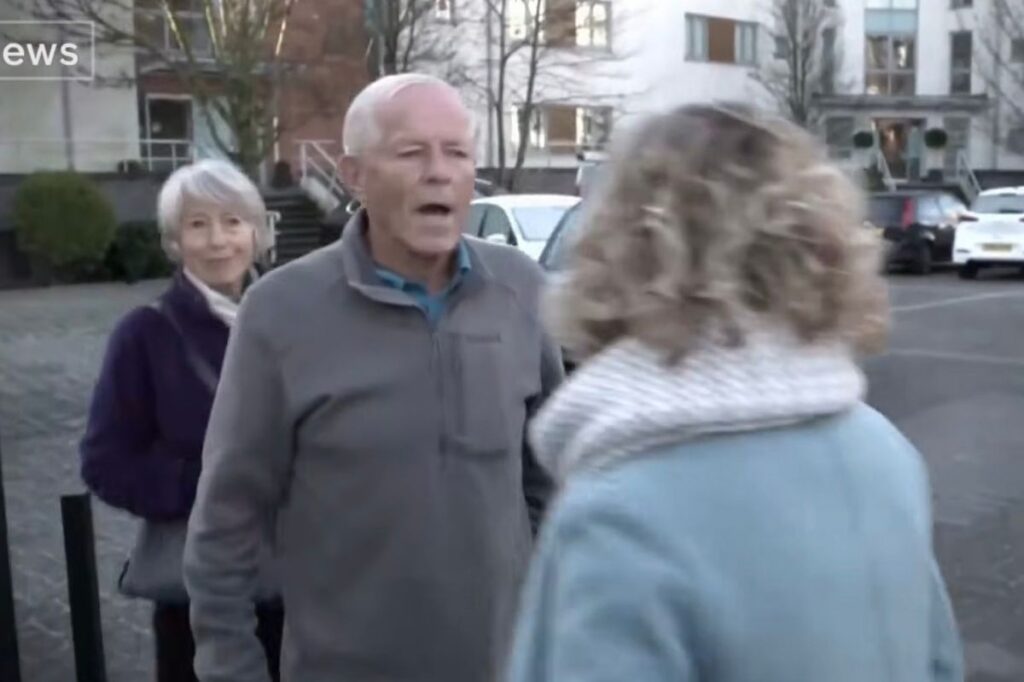
In the Channel 4 programme, See No Evil, we revisited the horrific activities of John Smyth and some of the pain experienced by the victims of his sadistic cruelty. The bulk of the facts in this story have already been laid out for us in Andrew Graystone’s excellent account, Bleeding for Jesus. While we learnt little new information about what went on in the shed in a Winchester garden, there were aspects of the story which were fresh to us in the new programme. For me, and no doubt for many of my readers, there was a welcome attempt in the programme to understand the part played by John Smyth’s wife, Anne, in the saga. It is clear from witnesses that she was close to the shameful events that took place in England and Africa, but always seemed to be in the background, unable to do or say anything decisive to ward off the cruel and criminal activities of her husband.
In the Channel 4 retelling of the story, we watched once more the confrontation scene in Bristol when Cathy Newman of Channel 4 News ambushed John Smyth and challenged him to defend himself from the accusations of abusing young men through his regime of beatings. This now familiar episode which has been played every time the Smyth story has been told, also contained images of Anne a few steps behind him. It probably did not strike me the first time I watched the drama, but eventually I cottoned on to the fact that Anne’s expression on her face was wildly out of kilter with what might have been expected in this situation. When a wife sees her husband accused of a terrible crime, the expected response might be an angry rebuttal. Alternatively, there might be a concerned look of fear or shame etched on to the face. Anne’s face showed neither emotion. Instead, what we witnessed might be described as a embarrassed grin. This was suggestive of a total detachment from the dramatic and life-changing events taking place on this Bristol street. The half-smiling face that Anne was presenting to us revealed absolutely nothing of her actual feelings at that moment. This apparent lack of engagement with the Bristol drama suggested that Anne had indeed already found a way to cope as another ‘survivor’ of Smyth’s crimes. In the later interview with two of her children, which was part of the second instalment of Channel 4’s programme, she confessed to her children how she had shut down part of herself in order not to allow herself to react or get drawn into the dramas around her. I leave it to others to decide as to whether this kind of repression is any defence which might lessen her guilt and responsibility. Guilty or not, it may be right for us to suggest that Anne’s responsibility in Smyth’s crimes can be compared to a situation where cultic dynamics are at work. One of the situations that presented Americans with a far-reaching moral debate in the 70s was the case of Patty Hearst. Patty was kidnapped by the so-called Symbionese Liberation Army. Somehow her captors succeeded in persuading this wealthy heiress to become part of the organisation and Patty was recruited to take part in a bank robbery where she was clearly seen to be using a rifle to threaten bank employees. We can think of this turn-around as a kind of inverted conversion experience. Such conversions are frequently discussed and analysed in the cult literature. The human brain certainly seems capable of making a 180-degree change when certain forms of persuasion techniques are applied. This can be observed within the context of political settings as well as religious contexts. Was Anne Smyth the object of a cultic conversion in the context a cult-like environment which John Smyth had created within his own home?
To continue my speculation on the baffling key role that Anne Smyth seems to have played in Smyth/Winchester crimes, I believe that we should see her personality formation as belonging to two distinct phases. The first of these phases would have been as a child in what was likely to have been a conventional conservative Christian family. For many such families, making a good marriage was counted more important than having a successful career. While we do not have access to the detail of Anne’s early family life, it is not unreasonable to suggest that her upbringing was preparing her to conform to biblical ideas of what a good Christian wife should be. There are various key passages in Scripture which describe the ideals to which a good Christian girl should aspire. Words like obedience and subservience to parents and to a future husband would have formed a prominent part in the culture. There has been much discussion over recent decades over the meaning of complementarian to describe the relation of the sexes, but in the typical evangelical interpretation of this word there always seems to be a surrender of initiative and power to the men in the relationship. No doubt Anne was reared to accept these ideas of female subordination as a given. The Iwerne culture, which has been examined on many occasions in this blog, forbade the women, who were recruited to do the chores in the camps, to interact with the men. It was probably thought to be a way of training these young women to look up to the menfolk. They were, biblically speaking, thought to be in command and, in the context of marriage, these men would always to have the last word. Anne may have been one of these ‘bunnies’ but, even if not, the model of subservient womanhood so valued by evangelical leaders from their reading of scripture, would have been practised in the Smyth household.
Alongside this biblical model of how to be a woman as promoted by mainstream evangelical culture, there seems to have been a darker dimension of dominance, subordination and control alive and at work in the Smyth household. The very fact that there were happening in the garden of the family home secret episodes involving trauma, pain and the shedding of human blood was extraordinary. The dynamics of the Smyth family have the hallmarks of a small cult. The typical pattern of a cult will include a strong centre of control, normally a male, who carries all authority over the women and children under him. These dominant male figures in a cultic situation typically suffer from a narcissistic personality disorder. This is a personality type that thrives on constantly occupying the central dominant role in a group. His (typically male) position flourishes in having others under him, preserving a stance of constant obedience and subordination. John Smyth was known for his volcanic temper which no doubt had the effect of preserving his position in the family by means of exercising a fear-engendering control. Fear of John was spoken of by one of the Smyth daughters and we may reasonably conjecture that the dynamic of fear was firmly embedded in the husband wife system of relating.
John damaged and destroyed the lives of many during his lifetime. There were in England and Africa at least 100 victims of his sadistic behaviour wrapped up in a faux Christian rhetoric. The family should be included in this total for reasons that were made abundantly clear in the second Channel 4 programme. One of the appalling lessons of the Smyth story is that John may have failed to realise even with the wisdom of old age that he was behaving in a way that completely denied the central tenets of the faith. The corrupt theology that he lived by caused terrible damage to everyone that he came into touch with. He seems to have genuinely believed that he was practising a way of life that promoted human flourishing, through adherence to certain passages of sacred Scripture. As we all know, he will be remembered as the most prolific abuser that the Church has ever known. The unnamed ‘spear carriers’ in John’s story, those who taught him his cultic version of the faith or those later who did nothing to challenge his behaviour, have also played a part in the story. Other unknown individuals played a part in Anne’s story by having taught her a version of the faith which encouraged her to acquiesce in a position of meek female subjection to the dominance exercised by John in the home. However we look at it, there is a disturbing and unsettling coda to the terrible pain that existed and emerged from the Smyth family. Can we really slip away from the story by claiming that the Smyths failed to live up to the clear moral imperatives of the Christian faith? Should we not begin to recognise that the most dreadful psychologically disturbed individuals can, if not challenged, justify cruel destructive behaviour with the words of Scripture. Perhaps we need to be far more careful before we decide that we know what the Bible truly teaches.
